Making the Journey to Babi Yar
Making the Journey to Babi Yar
by Joanna Moss
Ukraine’s distinctive blue and yellow flag gracing our television and phone screens normally screams sunshine and bountiful harvest, endless days of summer and freedom with blue, blue skies, a far cry from snow and 10° below. Flying in, the flag colours are the distinctive feature of Ukrainian Air hostesses’ uniforms; such is their pride in their flag.
It’s a flag that looks very peaceful, but it’s not the only 20th century Ukrainian flag. In fact the yellow wheat fields with blue sky above distinctive replaced the Soviet era flag (1949-1991) with its dominant Soviet red and symbolic hammer and sickle motif in the top left hand quadrant – right about where Belarus sits on the map near the border. The ratios aren’t even either, it’s three-quarters red and only one tiny quarter mid-blue rather squashed at the bottom by the Soviet red. However, this blue is an industrial fake blue, certainly not the clear freedom sky blue of the current flag. Flags do indeed tell a story.
I went to Ukraine back in 2015, not long after the 2014 invasion and visited both Odessa and Kyiv. NATO was running exercises in the Black Sea as a show of force. We could see the ships in the distance. Tension was in the air. Would Russia extend beyond Crimea was the question on everyone’s lips. Then things just seemed to carry on and thoughts of war beyond Donbas only re-surfaced in 2022 as the forces were being held in check until then. Meantime I’d had friends who were helping the Jewish community distributing supplies and providing assistance with Aliyah out east. They had invited me to join, but sadly, it didn’t work out.
Back in 1989 I was living in France and that summer I’d been in USSR. Crossing from East Germany into Poland, Belarus and then into Russia proper I felt sick inside: it was obvious an impending humanitarian crisis was imminent as there was hardly any food anywhere. What would happen when the snow came I wondered? So for me and many others, the fall of the Berlin Wall was a godsend indeed.
Having seen Eastern Europe under the USSR, I was keen to see what had happened since the Wall had come down in countries like Hungary and Ukraine. Would they still have suppressed Jewish atrocities. My next stop was Kyiv where I met up with members of the Jewish community. In the central square were many separatist fighters telling stories of the campaign out East. I learnt then how many Ukrainians had mixed Russian and Ukrainian heritage and how many still spoke Russian. Things were complicated in more ways than one.
Not wanting to ask to be taken to Babi Yar, I was relieved when the young couple I’d been emailing offered to take me after work. It was two suburban train rides from the city centre. Ukraine has a tragic Jewish history with 1.5 million massacred and the story of Babi Yar is very symbolic given the number of towns with similar stories. It was on the 29 and 30 September 1941 that the Jews were asked to report to Babi Yar; on the then outskirts of the city where an ancient Jewish cemetery lay. It was only the women and children plus the elderly, as the men were already in the army. They were comforted by the location as it was a place of Jewish significance with space to congregate and safety, after all who wouldn’t respect a cemetery? So they willingly complied with the 28 September order to bring luggage and valuables thinking they were being sent to Palestine since this was pre-Wannsee. Upon arrival they were met by Police with dogs, told to undress, stripped of their valuables and forced to march down a tree-lined long avenue with the cemetery at the end. As they marched along, snipers gunned them down. They rolled the bodies into the nearby ravines. A total of 33,771 were buried there making it the largest mass grave. The Jews were betrayed by their own people.
The mounds were still visible when we visited all those years later. It was such a traumatic death and burial that it’s only in their twilight years that many of those who survived, often children, are willing to recount what happened. Thankfully, a tragic children’s monument, a poignant reminder to subsequent generations of lost youth has been built in their memory nearby. They certainly deserve one of their own.
On the way to the monuments, we passed a soccer field in a clearing. It all seemed like normal life scenes and my friends commented that people treat the area as such. Nothing seemed sacred. As we walked along that fateful avenue I tried to imagine what it must have been like since it was a similar time of year. The poplar-like trees had their leaves on creating the perfect camouflage with gaps in between. When we got to the main monument only erected in 1991, it was charred. My friends told me this often happens as anti-Semites conduct ceremonies there. It was so horrific I did not know what to say.
The tree-lined walk towards Babi Yar with the television mast on the right
The children’s monument at Babi Yar
The Babi Year monument, in memory of the murderof 33,771 innocent people
In the distance I saw this modern 1970’s tower, and upon inquiring was told that it was the main TV tower for Ukrainian television. Horrifically, the Soviets had bulldozed the ancient Jewish cemetery and erected the TV station and tower on top. There was no compunction; they just wanted to obliterate the memory of the Jews. It was this tower that was hit in the recent bombardment, not the main monument itself.
Once the wall came down and Jews were free to leave, hardly surprisingly they left Ukraine in droves for Germany, Israel and the United States. Only about 42,000 Jews make up the community today, a shadow of its former self. But about 200,000 qualify under Israel’s right of return policy (Jewish grandparent). Will the community survive this current bombardment and potential takeover and those that do, will they be free to leave?





